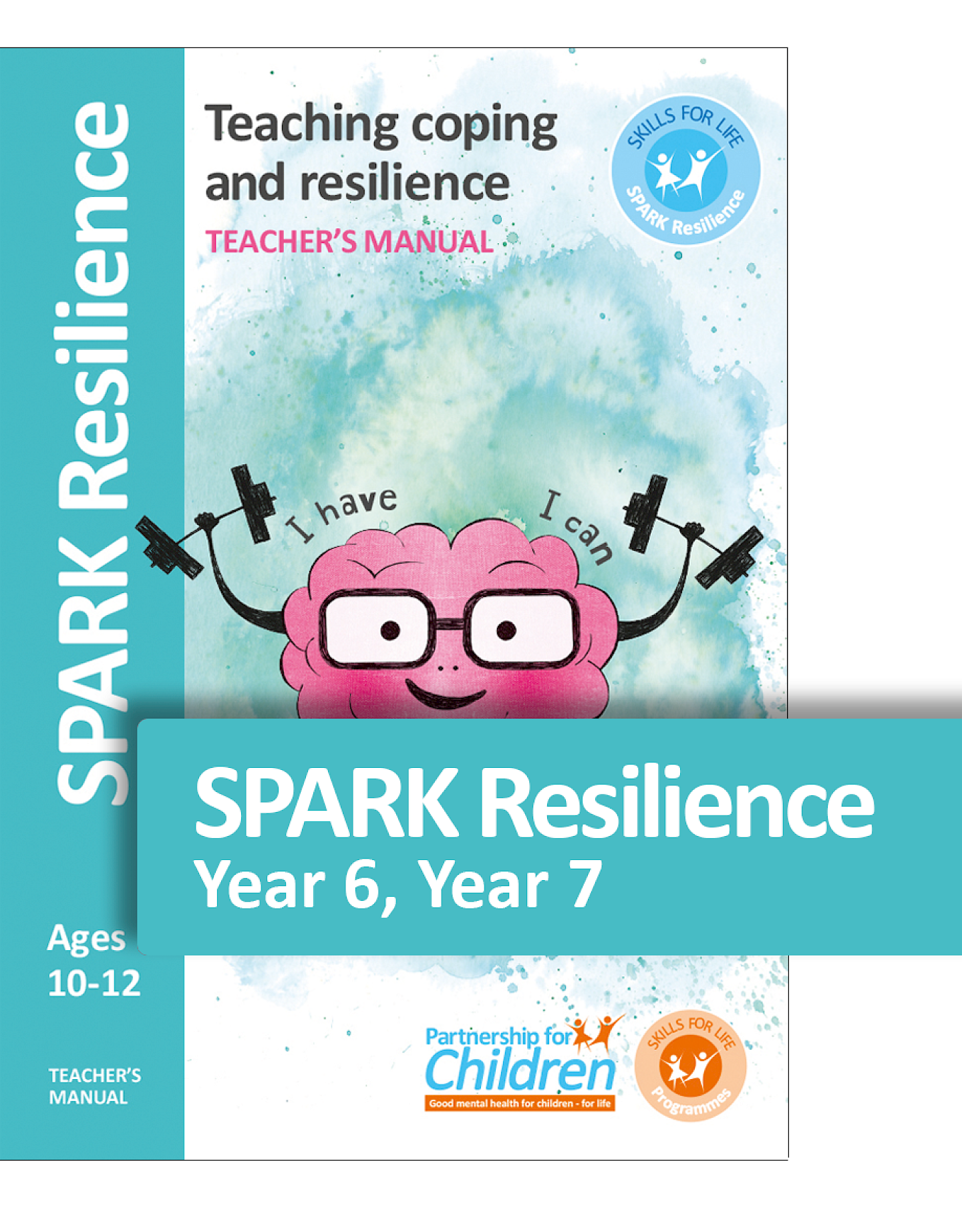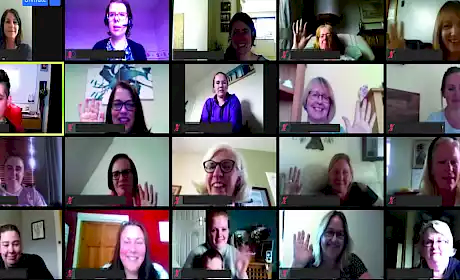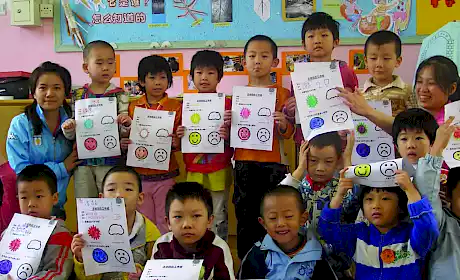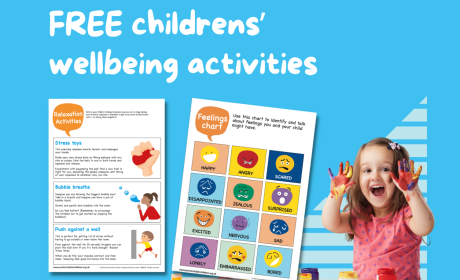SPARK Resilience for 10 - 12 year-olds
SPARK Resilience draws on concepts from mindfulness, positive psychology and cognitive behavioural therapy to give children skills to boost their strengths, control strong emotions and reframe habitual ways of thinking. Read about the evidence behind SPARK Resilience and the impact the programme has had on children and teachers.
SPARK Resilience consists of an introductory session plus 10 sessions of 45 minutes. Adapted from the original version by Prof Ilona Boniwell and Lucy Ryan (2009), SPARK Resilience uses imaginary parrots to represent the messages we give ourselves, such as the Judge, the Worrier and the Enthusiast. Children learn how to challenge the parrots’ unhelpful messages and reframe their thoughts, whilst building a ‘resilience portfolio’ of character strengths and sources of support in their lives.
Evaluation of the original programme found it was effective in boosting resilience and preventing depression.
Please note: SPARK Resilience is a social and emotional learning programme aimed at promoting positive mental health and resilience for all children and is not designed to be a therapeutic intervention.
Staff who would like to deliver the SPARK Resilience programme need to complete online training and purchase a subscription to the SPARK Resilience resources on the Skills for Life Online Teaching Platform.
- See a sample SPARK Resilience session plan
- Train to run the SPARK Resilience programme in your setting
- Are you based outside the UK? Find out about our work with international partners
Take a look at our other programmes:


Online Training
Interactive training includes:
- Philosophy and theory behind each programme
- Programme concepts and implications for children’s wellbeing
- Structure and content of each programme and the materials used to deliver it
- How to use the programmes as part of a whole school approach to mental wellbeing

International Partners
The Skills for Life programmes run in a wide variety of countries and cultures across the globe. Our partner organisations range widely in size and character, from government departments and large NGOs to small voluntary agencies and academic institutions.

FREE Wellbeing Activities
These FREE wellbeing activities for schools, children and families are based on the Skills for Life programmes. The activities are designed to help children process feelings, communicate effectively, cope with their anxieties and difficulties and deal with change and loss. Activities can be downloaded and adapted for younger or older children and children with SEND.